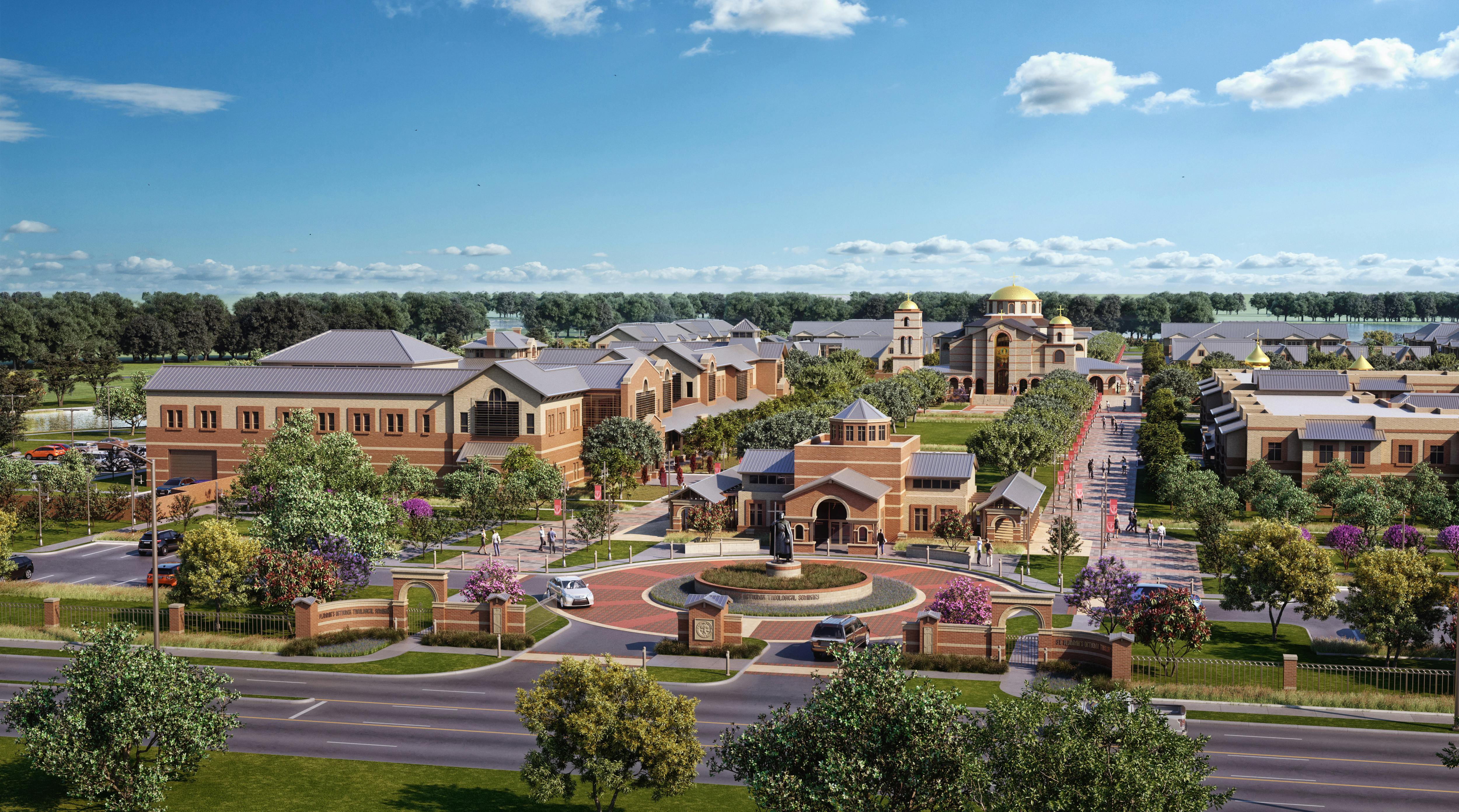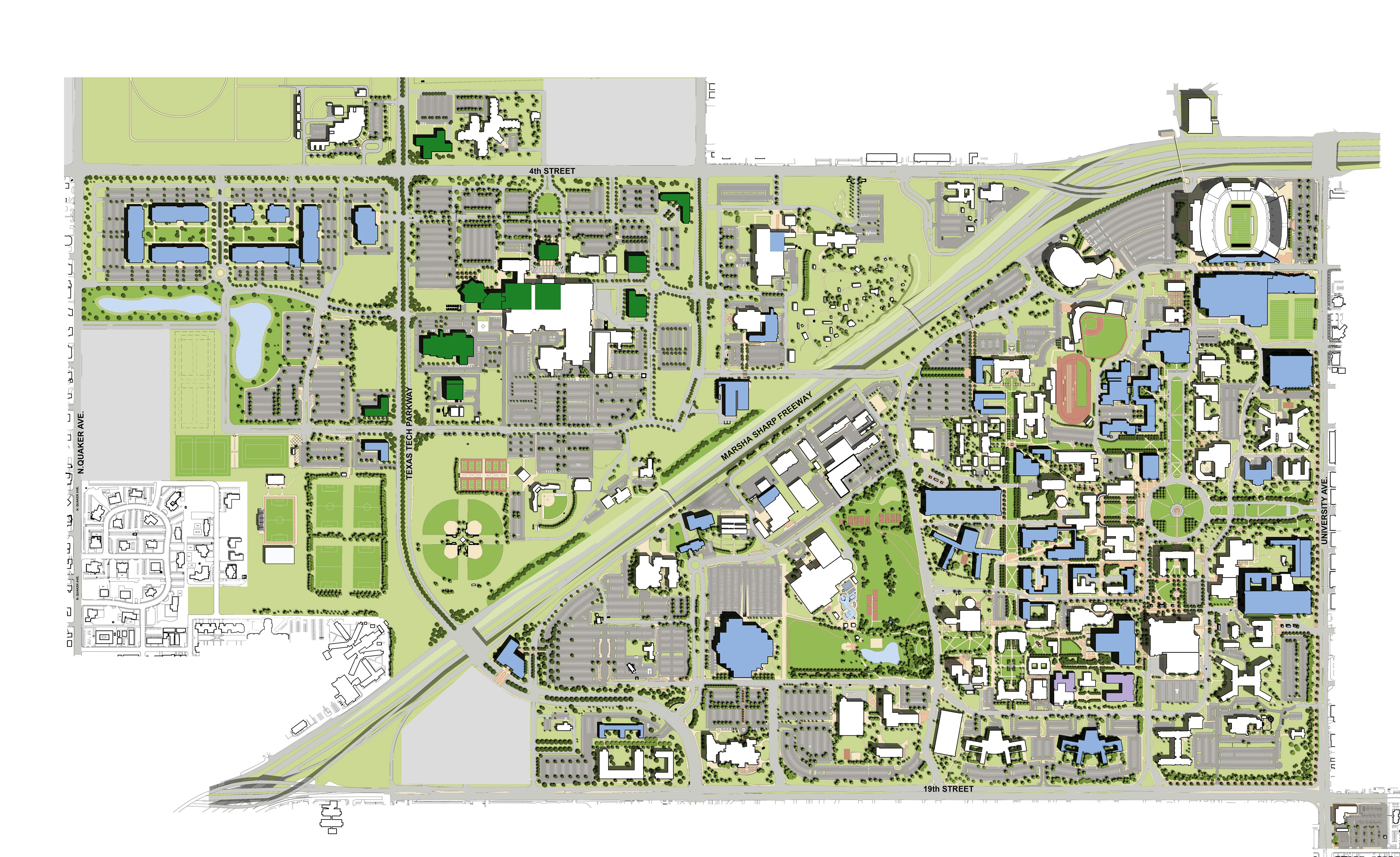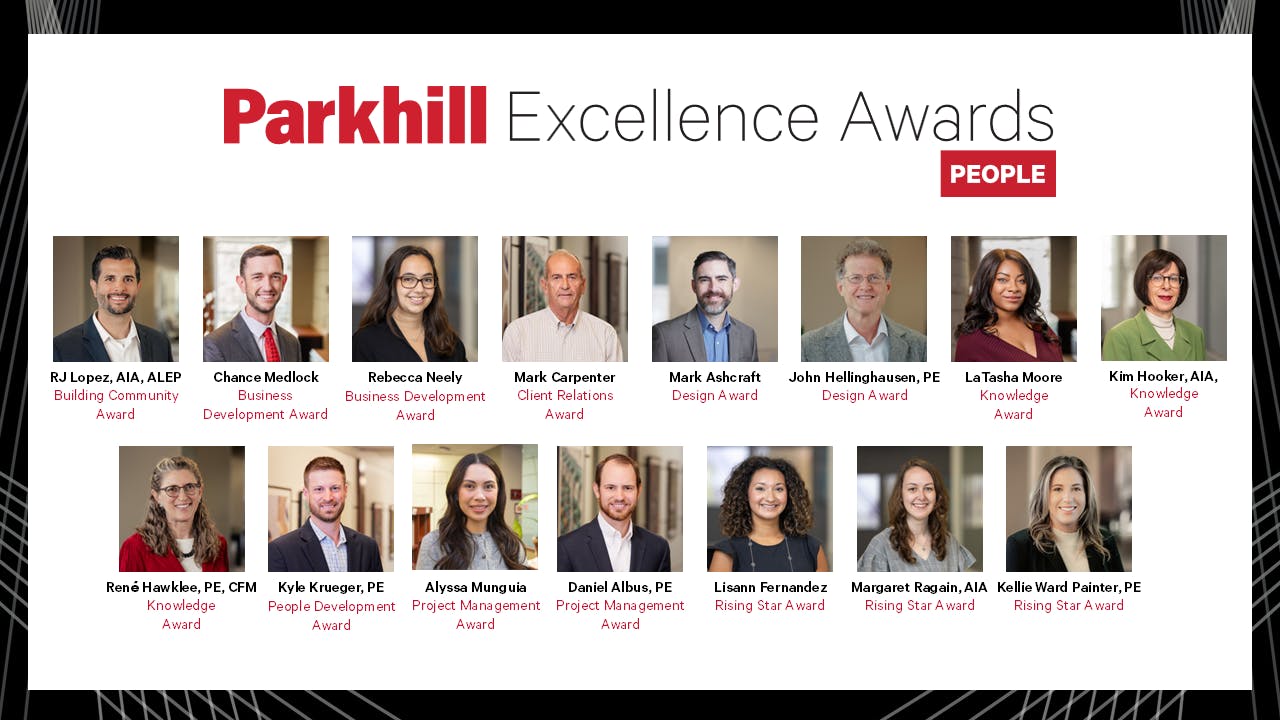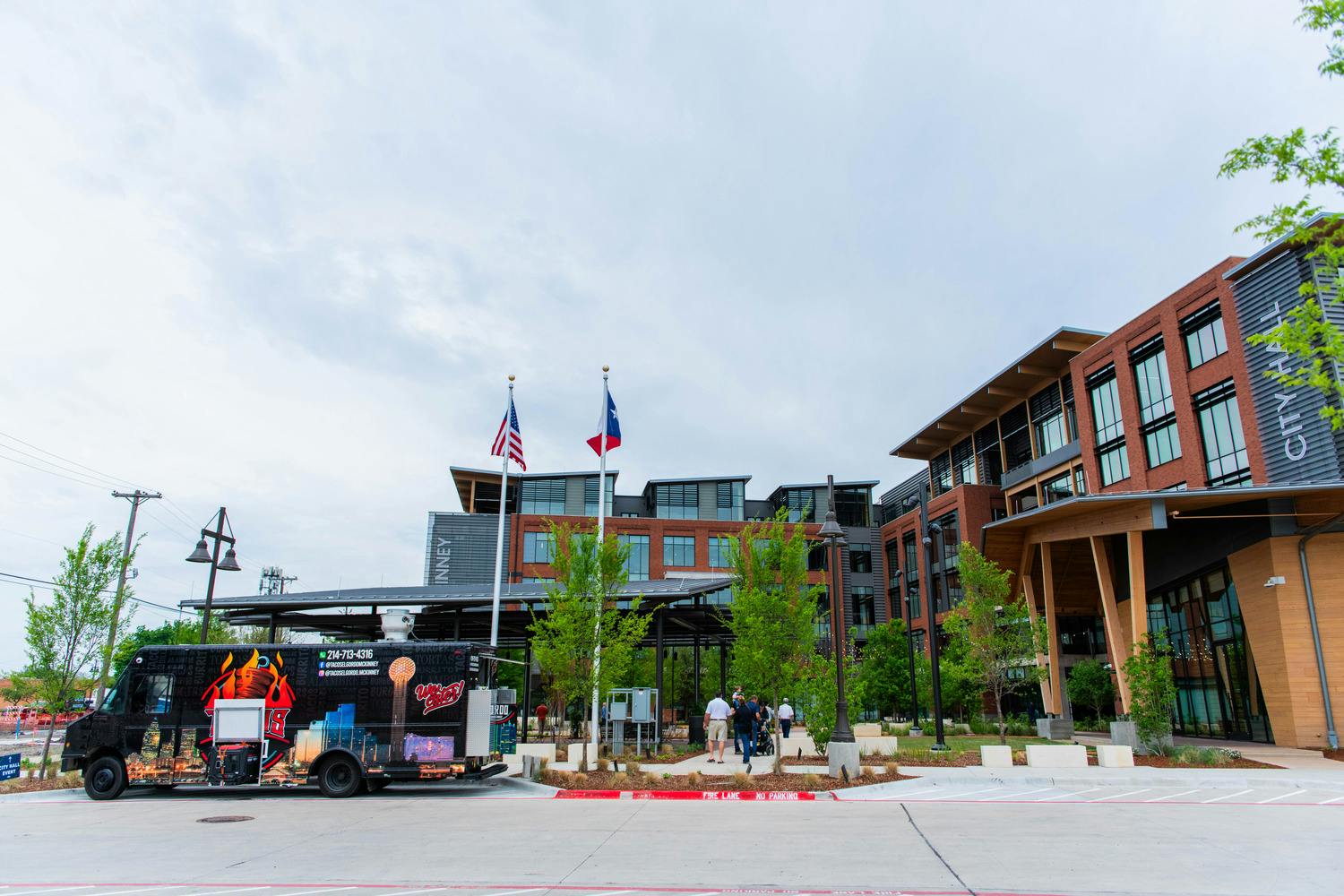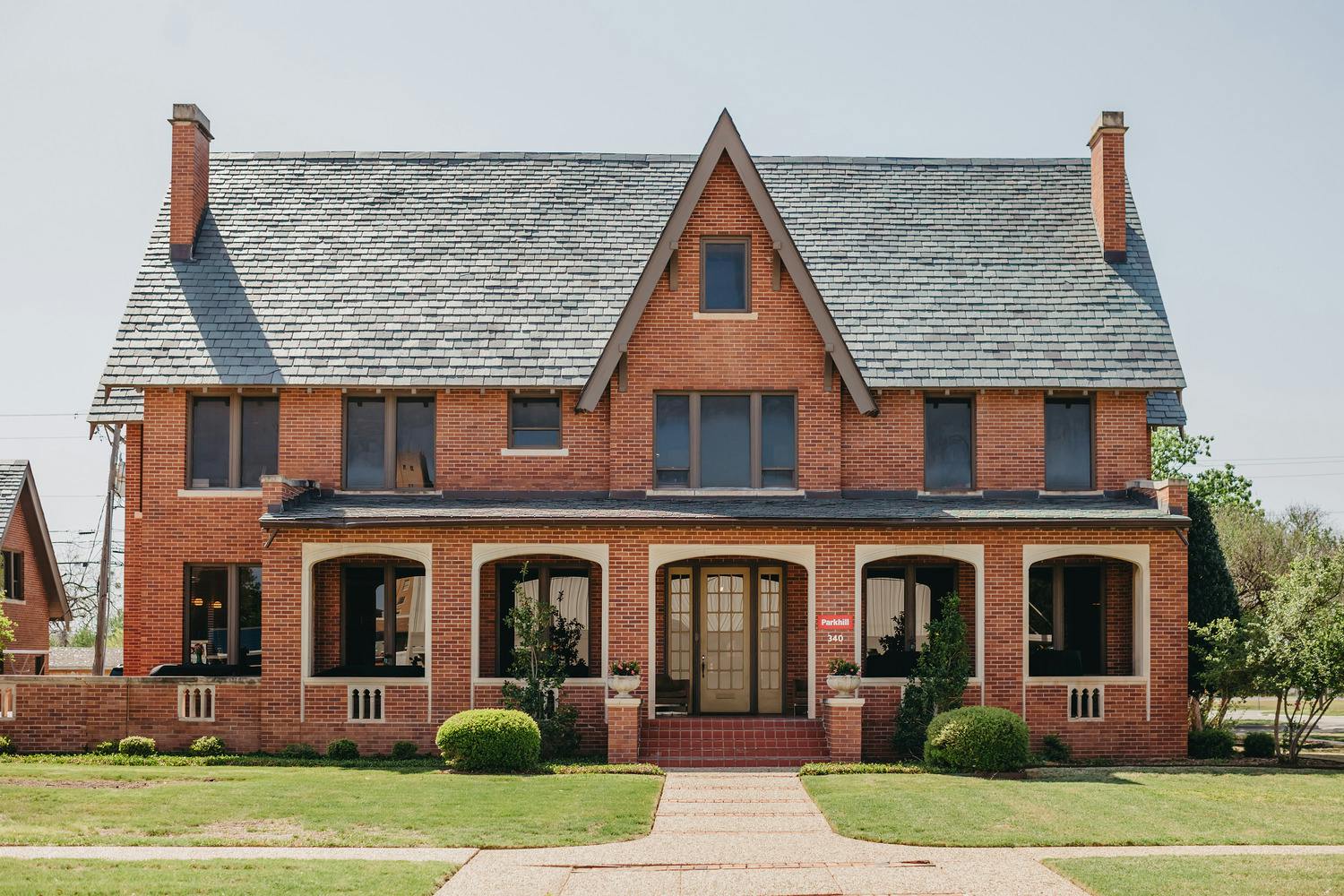Higher Ed: Get to Know Brian Griggs
Category: Architecture
Written By: Valerie Edgren
Date: December 15, 2021
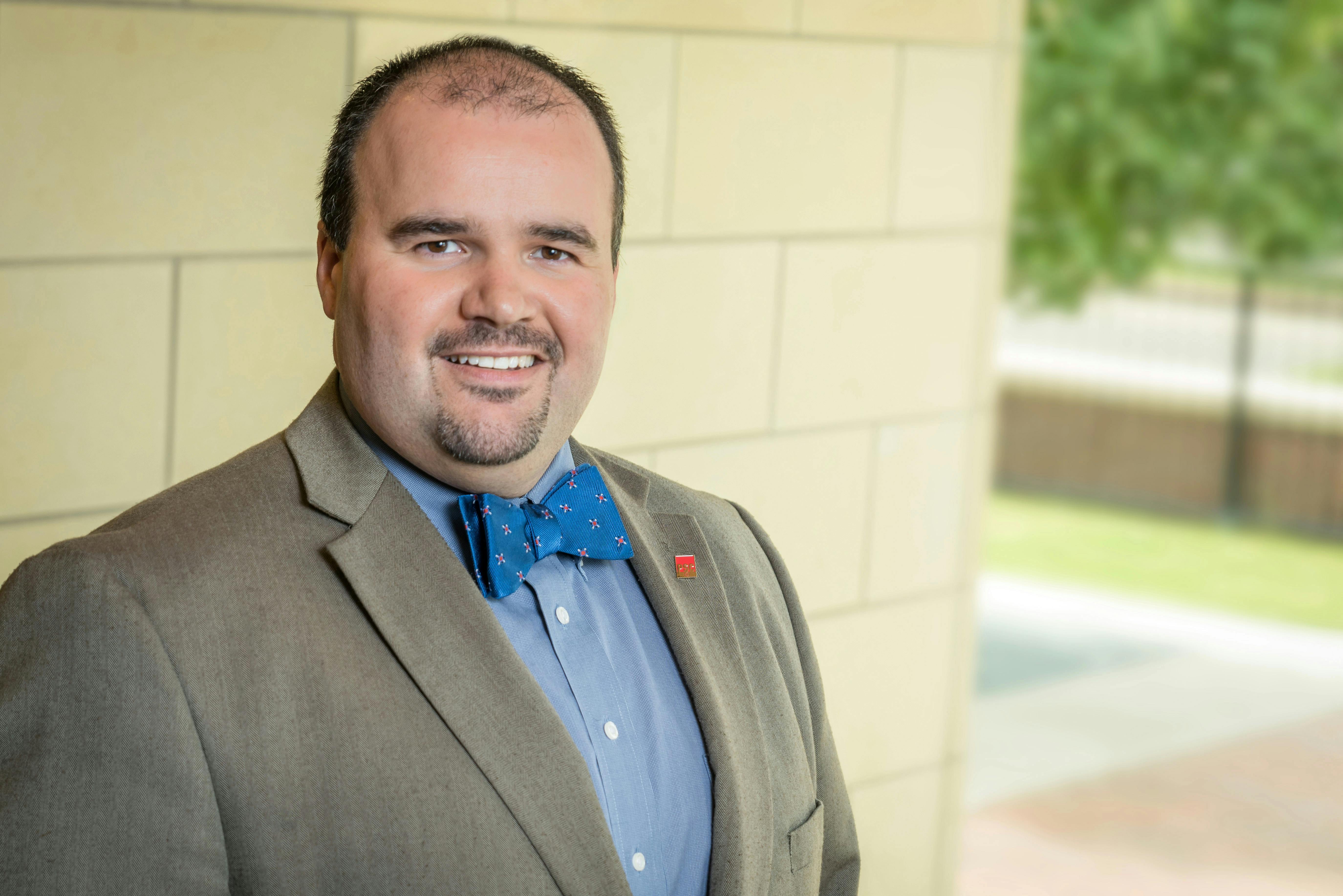
Brian Griggs, AIA, is a Principal and Project Manager for Parkhill’s Higher Education Practice. His expertise includes collegiate and multi-facility master planning, charrette coordination, pre-design programming of higher educational facilities, and the design of instructional, laboratory, student life, and residential facilities for community colleges, CTE institutions, and universities.
Q: What values set Parkhill apart?
I’ve been struck in my observations across the A/E industry that while so many firms do place a high emphasis on training, equipping, and promoting their personnel, Parkhill has an avowed focus on both the individual and the firm/team, and yet those values on the individual and how he or she may better themselves rings through as dominant. We have seven individual values focused on personal ownership, deepening credibility, contagious passion, inspired contribution, unassuming influence, informed insight, and humble leadership that are both introspective but also if practiced, ultimately transformative to our organization as a whole. Beyond those seven, we also strive as an organization to ensure we maintain a life-work balance that aims to enrich our personal health, lives, and that of our families. I hope that team members across our company realize the value and the power of all of that. Each of us should understand that with strong team relationships and new suites like Bridge, any Parkhill team member can chart a tailored and empowering path to their future career and their place within this firm and the A/E industry.
Q: What project has given you a passion for your expertise?
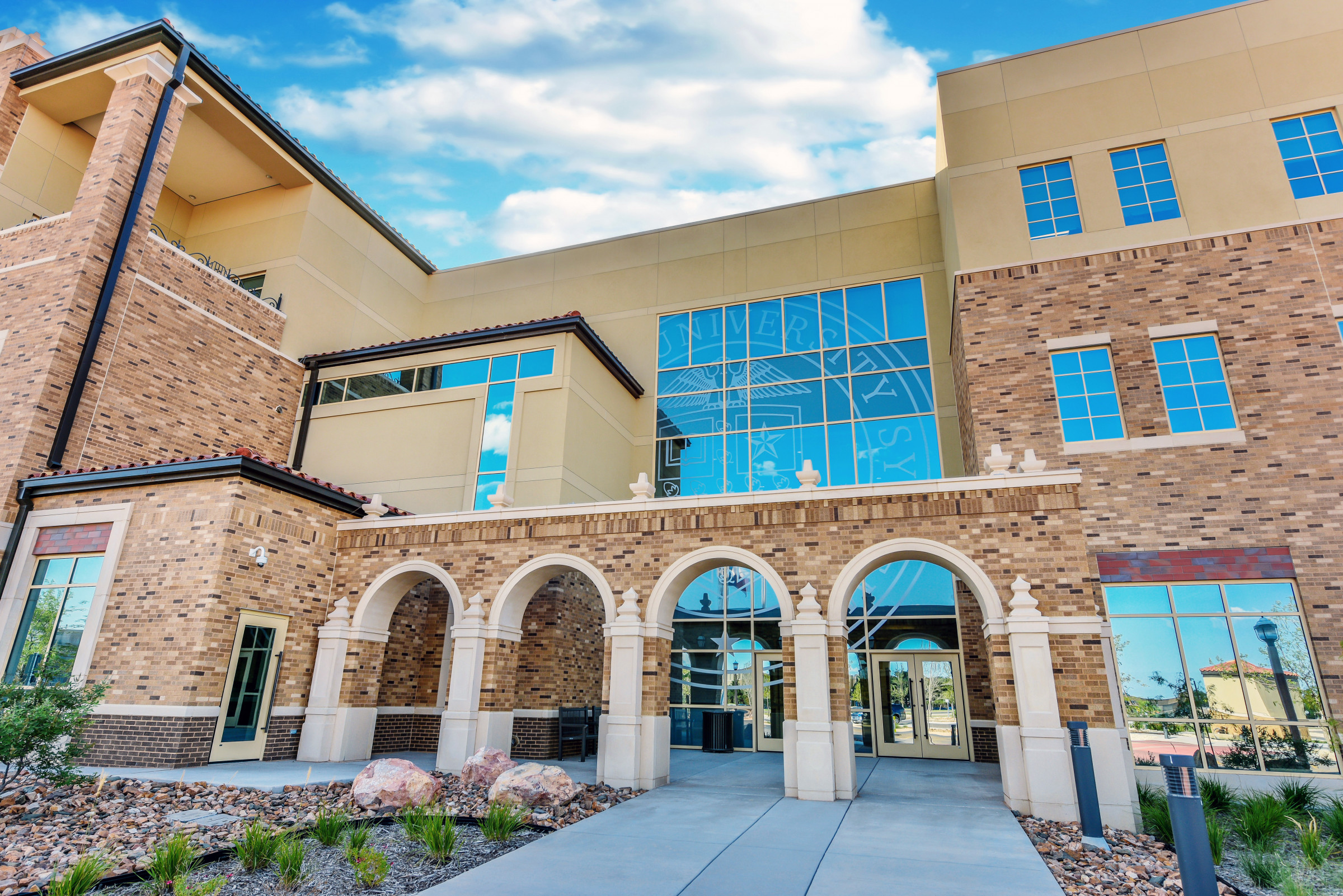 It’s hard to pin a spark of inspiration to a past project – I’ve been privileged to work on some really unique projects with some truly talented colleagues across Parkhill. I have really enjoyed campus master planning endeavors for the collaboration and ultimately the opportunity to develop dynamic strategic solutions for college and university campuses large and small. People often forget that the American college campus plan – the campus vision which broke away from European monastic concepts and sought an organized preplanned classical vision – has proven one of our greatest inventions of the last 200+ years. Starting with Jefferson and Rameé, the classical campus plan has created the modern living and learning environment that fuels training, education, research, and discovery on a global scale. The first campus master plan I had the opportunity to work on was for Dan Hart, Parkhill’s now Executive Vice President of Architecture, for Midland College in 2002-2003. Perhaps the most inspiring planning endeavor I had the opportunity to be a part of was the Texas Tech University Campus Master Plan Update in 2013-2014. We had a great team of people working on a $1.4 billion capital plan across the nation’s second-largest contiguous university campus, aimed at working to enrich the lives and learning experiences of tens of thousands of future Red Raiders.
It’s hard to pin a spark of inspiration to a past project – I’ve been privileged to work on some really unique projects with some truly talented colleagues across Parkhill. I have really enjoyed campus master planning endeavors for the collaboration and ultimately the opportunity to develop dynamic strategic solutions for college and university campuses large and small. People often forget that the American college campus plan – the campus vision which broke away from European monastic concepts and sought an organized preplanned classical vision – has proven one of our greatest inventions of the last 200+ years. Starting with Jefferson and Rameé, the classical campus plan has created the modern living and learning environment that fuels training, education, research, and discovery on a global scale. The first campus master plan I had the opportunity to work on was for Dan Hart, Parkhill’s now Executive Vice President of Architecture, for Midland College in 2002-2003. Perhaps the most inspiring planning endeavor I had the opportunity to be a part of was the Texas Tech University Campus Master Plan Update in 2013-2014. We had a great team of people working on a $1.4 billion capital plan across the nation’s second-largest contiguous university campus, aimed at working to enrich the lives and learning experiences of tens of thousands of future Red Raiders.
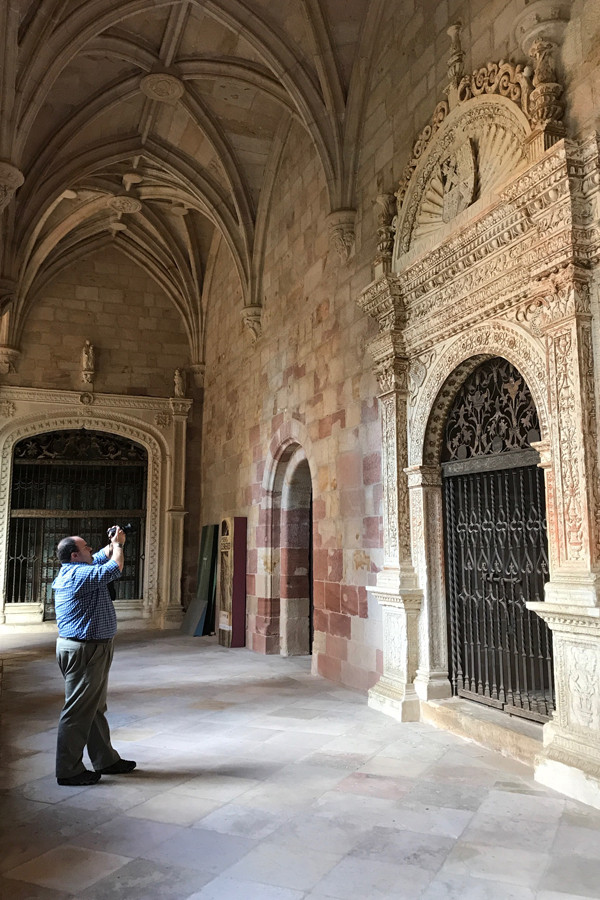 Q: Tell us about your honors, awards, or a fascinating experience in your career.
Q: Tell us about your honors, awards, or a fascinating experience in your career.
Thanks to the incredible measure of support from fellow Shareholders at Parkhill, I was able to complete and see published the book “Opus in Brick and Stone” early last year. One of the most fascinating experiences in that process was the two-week journey to Spain in fall 2017 to visit, research, field measure, and photograph those buildings and sites in Spain that had directly inspired the architecture of Texas Tech University. The travels included visits to Alcalá de Henares, Sigüenza, Ávila, Salamanca, Córdoba, and Sevilla. Spain is such a warm, rich, and fascinatingly diverse country whose history spanning from Roman, Visigoth, Islamic, imperial, and modern eras has had a profound impact on us and the world in general. Experiencing buildings like the Cathedral – Mosque of Córdoba or the walled city of Ávila was unforgettable, and it is humbling to know the architecture of these places happened to inspire the architecture of my alma mater.
Q: What do you think is the next challenge in your field?
The challenge of construction cost inflation is not unique to higher education, but due to the complexities of college and university campuses – particulars in athletics, security, laboratories, student life, audio/visual needs, campus site work, and so on – rising costs seem that much more pronounced. Even more troublesome is the near national revolt happening in the public eye and across government towards the unaffordability of higher education, rising student debt, and demands for greater student retention and success. Institution leadership and politicians alike are demanding that we do more with less. How do we do that?
Q: Looking Forward, where do you see this industry going in the next 20 years?
For the past decade, and certainly during the COVID Pandemic, much of the focus of the future of higher education has been on online education. Since the late 2000s, people have forecasted that online education would eclipse the ivory tower of in-person instruction. However, despite online education being an everyday part of college education, college-age people still want to enjoy the in-person college experience. Instead, there’s a great deal of evidence that the world of secondary education and the K-12 realm may become more blurred with the postsecondary environment of the college and university into one broader educational experience aimed to better prepare future generations for the workforce. The development of early college preparatory centers at independent school districts nationwide, university centers at community colleges, and easier transfer and application opportunities may just be the start of a future era where the gulf between high school and college begins to disappear totally. What does that mean for the design of future education facilities for these students? That is a question that education-focused architects, engineers, and planners will be focused on for the years and decades ahead.
